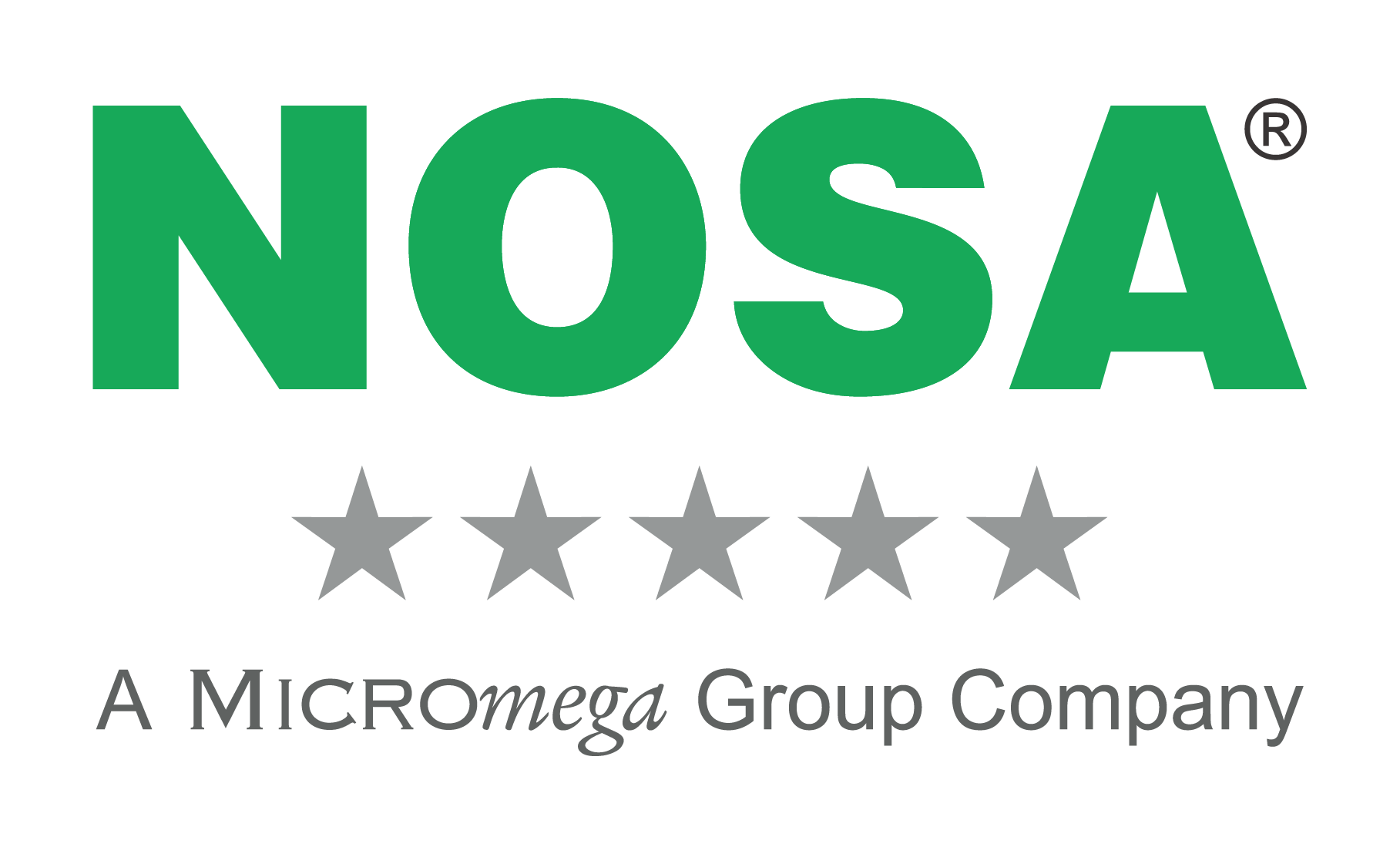
If you say something often enough, whether or not there is any truth in that statement, it somehow becomes fact. There is also always the risk of repeating something that may have once been true, but as a result of developments and research no longer actually applies. The best thing to do is investigate anything you aren’t sure of, accessing reputable sources for confirmation. Be sure to stay in touch with (or belong to) industry organisations that will help you stay current with goings on in your sector.
In the meantime, to help you separate truth from fiction, here are nine common misconceptions about workplace health and safety.
Misconception #1: Workplace health and safety costs too much time and money
It’s unavoidable – you will have to spend some money implementing the safety measures necessary to uphold your workplace health and safety policies, such as training, equipment and upgrading environmental elements. Of course no company has an unlimited supply of time or money, but investing a little to prevent injuries and reduce risks will save you a lot more in the long run. The expenses you could incur to deal with a workplace injury or illness could end up being very significant and are often greater than the cost of preventative measures.
When you’re deciding on which safety expenditures are essential, stop and consider the direct and indirect costs of even a minor injury. Add it up:
- Lost time of the injured PLUS
- Lost time required by others to attend to the injured PLUS
- Medical costs that can amount to thousands for a ‘simple’ injury
Misconception #2: A completely hazard-free workplace is impossible
You may imagine that at least a few workplace injuries are inevitable, because predicting every outcome of every action taken doesn’t seem realistic (or likely). But, this attitude could lead to completely preventable accidents occurring. You can achieve a hazard-free workplace, but it requires consistent discipline and dedication in order to recognise and mitigate every hazard.
To recognise hazards and control them, you and your workforce need to be situationally aware of both the hazards and the sources of these hazards:
- Energy
- Environment
- Equipment
- Employees (untrained people and those unwilling to behave safely)
Beyond this there must also be a universal willingness among all employees to take action to mitigate hazards.
Misconception #3: Health and safety is just common sense
Actually no. Although avoiding workplace injuries is possibly near the top of everybody's agenda, a lack of knowledge can dampen the effect of even the best of intentions.
Employees perform tasks dangerously either because they don’t realise their behaviour is unsafe, or because they believe they may gain a payoff beyond the results of safe practices.
If you’re an employer it is your duty to regularly address safety, and this means providing adequate safety training for all employees, as often as they require it.
Misconception #4: Some accidents are beyond our control and can just happen
If you have a fatalistic view of the world, this will take away your personal power. Each individual worker has a great deal of power and control over the circumstances and situations around them. You and your colleagues (or employees) must understand the importance of knowing how to prevent personal injuries.
When you conduct a job briefing, you can reduce your risk by taking time to identify any hazards, then mitigating and controlling them. When you begin with the belief that you have no control, you will likely miss a hazard and, in turn, miss preparing yourself to prevent every injury. Engagement in hazard recognition and the control process for these is the key to preventing injury.
Misconception #5: People are the cause of accidents
This is not to say people don’t play a substantial role when accidents occur, but too often an unnecessary amount of the blame is focused on the people involved in an incident, with scant attention paid to mechanical or environmental factors that may have also contributed to the accident. Although there are situations where it is appropriate to blame the person for an error in their behaviour, this is only appropriate when it leads to future change.
Misconception #6: Wrongdoers must be punished
We’re not saying people who have acted unsafely (which has then led to an incident) should not be held accountable for their actions. But, if a worker knows that they are bound to be punished for every infringement, they will go out of their way to avoid punishment and make it harder to enforce safety measures. Numerous studies have shown that conventional methods of punishment applied across the board have not been effective in improving safety after an incident has occurred. With this in mind, consider a range of reprimands that you can apply to your unique situations.
Misconception #7: It can’t happen to me
This is often merely an excuse for not taking action. Ensure every person within your workplace is completely aware of the possible risks and how to manage and/or prevent them.
Misconception #8: Relying solely on the ‘lost time injury frequency rate’ will give you a comprehensive and reliable measure of the company’s safety performance
Sadly, this is not always true. For example, it’s great if you’ve driven the LTIFR down to a fraction of what it once was, but how hard should you pat yourself on the back if in just one workplace incident 11 people were killed?
Unfortunately, the LTIFR can trivialise serious personal damage. Use it, but not in isolation to any other measuring methods at your disposal.
Misconception #9: Safety procedures are the answer
A common mistake with safety management systems is they include extensive safety procedures – but workers do not know about them, care about them or use them! The procedures sit on the supervisor’s bookcase or a computer programme, with no one referring to them (or doing so on very rare occasions).
Develop your safety procedures, but they will be meaningless unless you take the next step – involving your workforce. In this regard the ‘KISS’ principle (‘keep it simple stupid) is crucial. If your safe working procedures extend over pages and pages, consider using flow charts, diagrams and pictures to reinforce your message, using as plain English as you are able to ensure everyone understands what you’re trying to say.
Sources:
http://www.workfocus.com/news/misconceptions-about-workplace-health-and-safety.aspx
https://ohsonline.com/blogs/the-ohs-wire/2016/03/lies-misconceptions.aspx
http://www.safetyrisk.net/safety-myths-and-misconceptions-2/





